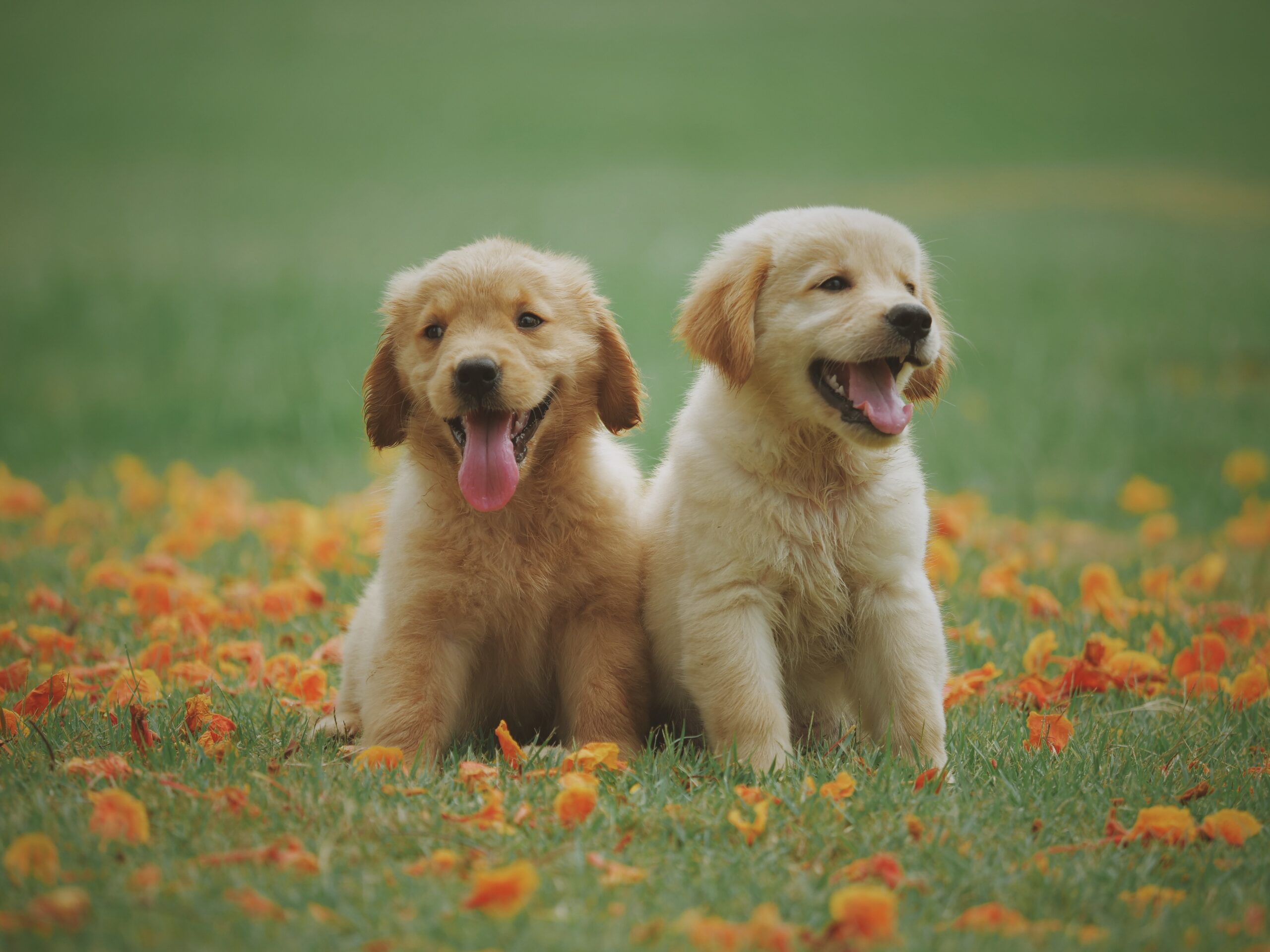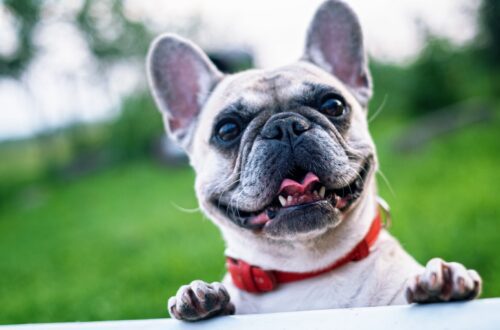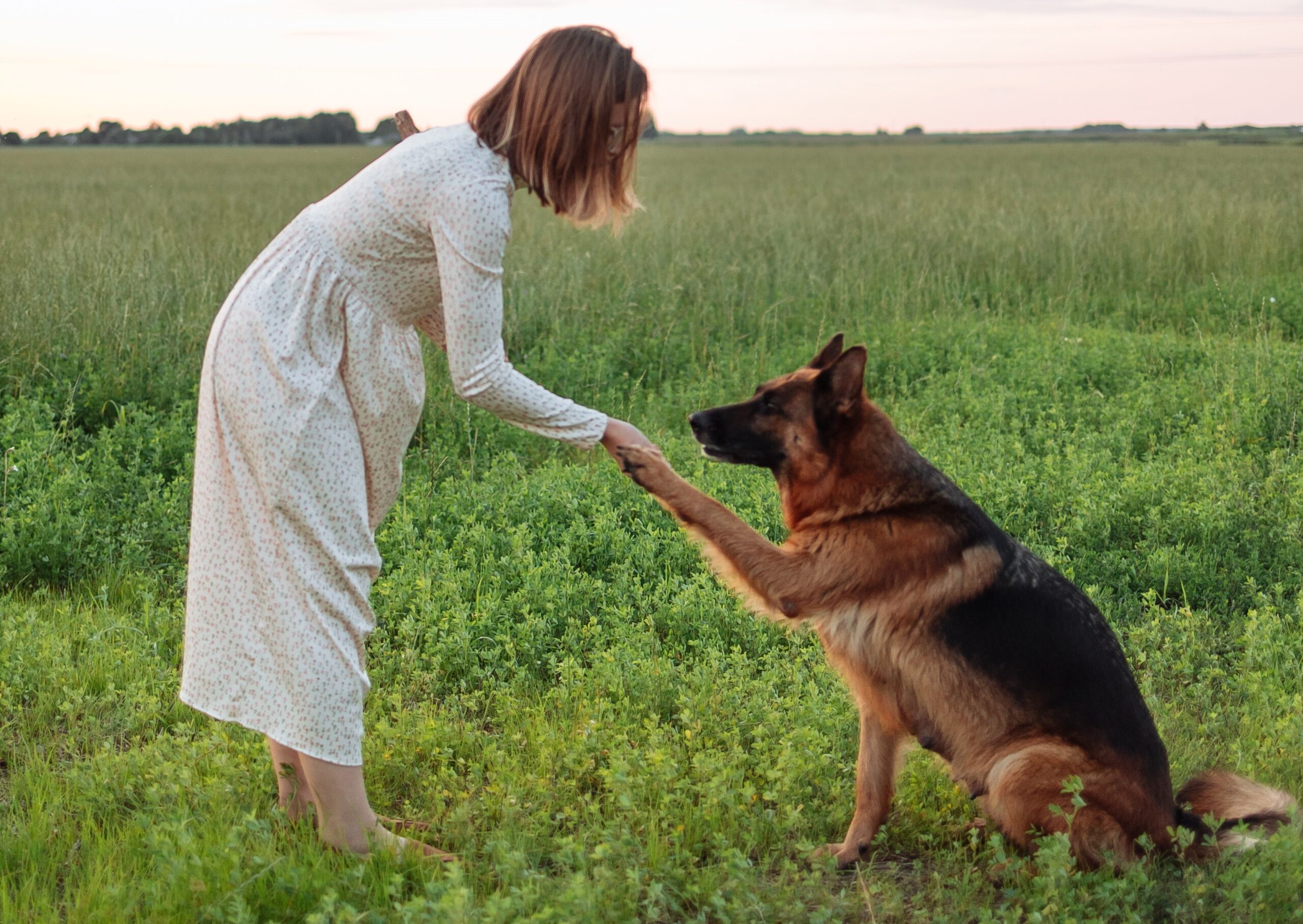
German Shepherd: Character, Colors, Lifespan, (Why should you choose it)
German Shepherds are a well-liked working dog breed that is renowned for their intelligence, loyalty, and adaptability.
Physical Character:
German Shepherds have a powerful, muscular frame and range in size from medium to giant. They stand out with their well-balanced frame, upright ears, and attentive, intelligent countenance. Their thick, double-layered coat normally comes in a variety of colors, with black and brown being the most popular.
German Shepherds are also recognized by different names:
- German Shepherd
- Alsatian Shepherd
- Alsatian Wolf Dog
- Berger Allemand
German Shepherd Colors:
The German Shepherd is found in the following colors:
- Black
- Black tan
- White
- Black + Silver
- Black + Red
- Brown
- Gray
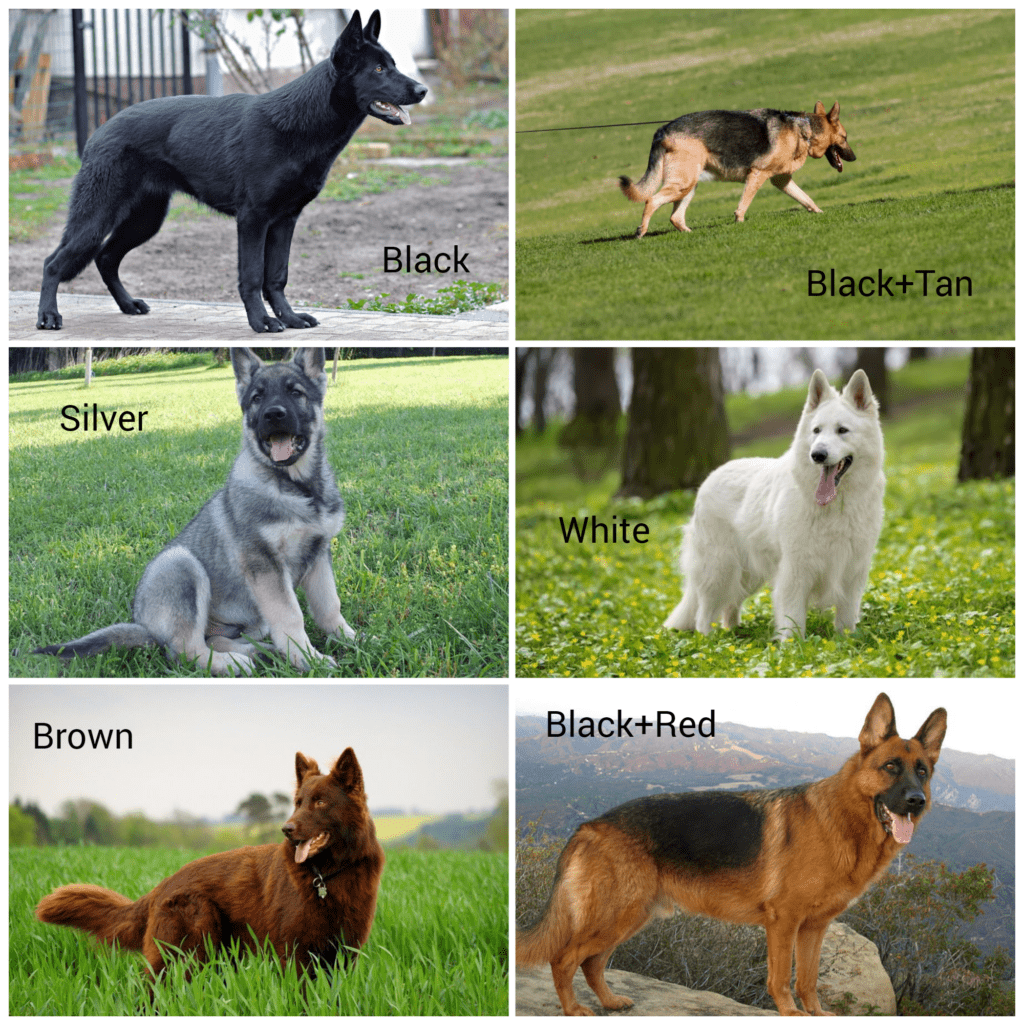
German Shepherds are also differentiated by their coats. German Shepherd coats are thick, short, medium thick, long, and fluffy
German Shepherd Lifespan:
The German Shepherd is a fantastic dog with many wonderful traits. They live an average dog’s lifespan of 9 to 13 years. Many things can have an impact on how long people live. It is crucial to be aware of these aspects to, ideally, increase their lifespans.
German Shepherd litters size:
German Shepherd Dogs are a large breed of dog, they can produce bigger size of litters. German Shepherd litter sizes typically range from 3 to 11 puppies, with 7 puppies serving as the median.
Many factors are involved in litter size determination such as the age of parents, their nutritional status, and genetics.
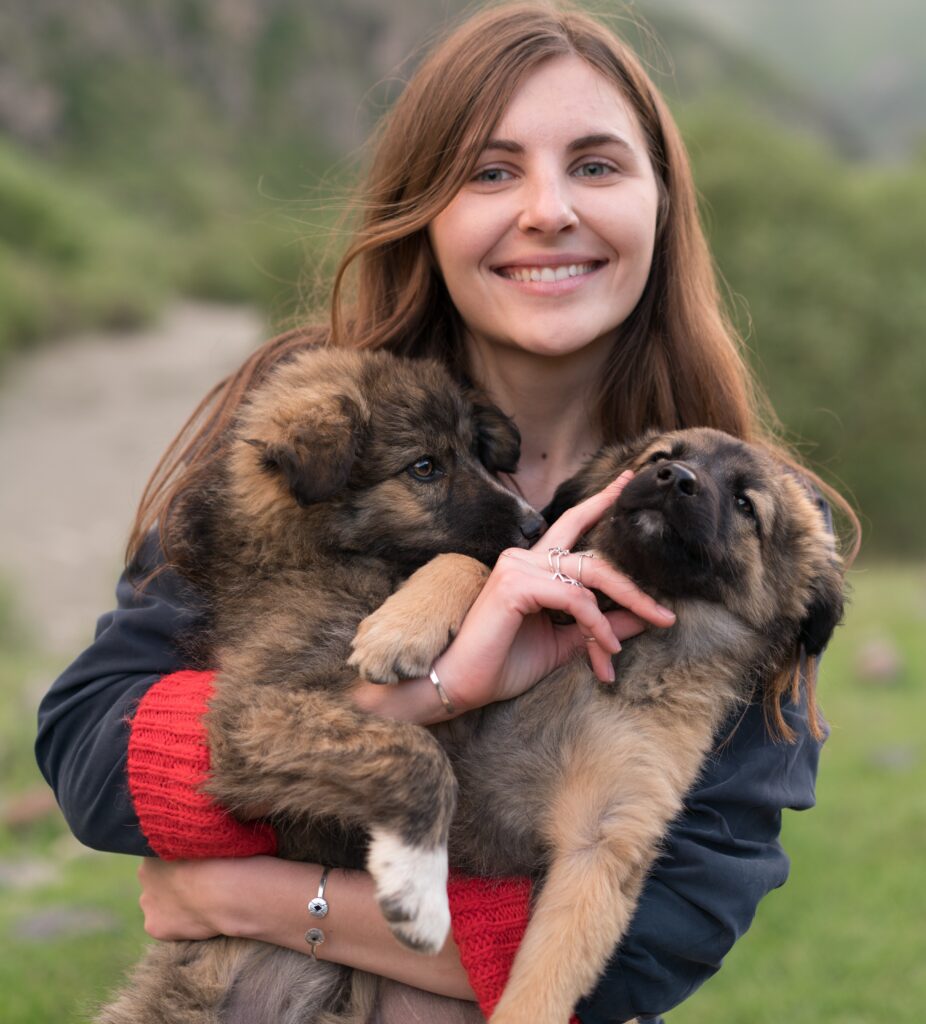
Why should you have a German Shepherd:
There are the following characteristics that differentiate German Shepherds from other breeds:
Intelligence:
German Shepherds are noted for having a high level of intelligence and for being fast to pick up new instructions. They frequently serve as working dogs for the police, military, search, and rescue, and assistance dogs, among other professions.
Best for training:
German Shepherds are typically simple to teach due to their intelligence and desire to please their owners. They can thrive in sophisticated activities and are amenable to positive reinforcement training techniques.
Loyal Breed:
German Shepherds are renowned for their dedication to their owners and are highly devoted to them. They develop close relationships with their family members and are devoted to them, which makes them great watchdogs.
Best for security:
German Shepherds are a popular choice for security because of their protective nature and an inherent drive to defend. They are on the lookout for threats and will take action to defend their family and territory.
Courage:
These canines have a reputation for being courageous and fearless. Due to their propensity for maintaining composure and attention under stress, German Shepherds are frequently utilized in risky circumstances.
Versatile in nature:
German Shepherds are adaptable canines who perform well in a variety of settings. They are frequently employed as therapy dogs, search-and-rescue dogs, guide dogs, and competitive agility or obedience dogs. When assigned a task or job, they excel at it.
Energetic:
German Shepherds require daily exercise to preserve their physical and mental well-being because they are an active breed. They like to go on long walks, exercise, play fetch, and participate in interactive games.
Social behavior:
Early, appropriate socialization is essential for German Shepherds. It aids in their development as well-rounded canines and guarantees that they are at ease and self-assured in a variety of settings and around varied people and animals.
Health Issues:
German Shepherds, like all breeds, might have some health problems. Degenerative myelopathy, bloat, hip and elbow dysplasia, and allergies are a few problems that are frequently observed in the breed. A balanced diet and routine vet visits can support keeping them in good general health.
Future of German Shepherd:
The first thing is to produce the pure breed line because it takes several years to get this goal. In the recent era, it becomes so difficult due to cross-breeding in search of new breed.
Due to the breed’s widespread appeal, many additional hybrids, sub-breeds, or breed variants should develop over the coming decades. Breeds are increasingly diverging into smaller, larger, or different-looking sizes and appearances. As long as these deviations are eye-catching, it appears like a definite success because the majority of the general population does not particularly care about being a faithful reflection of the official breed standard.



